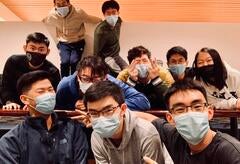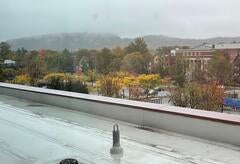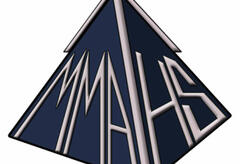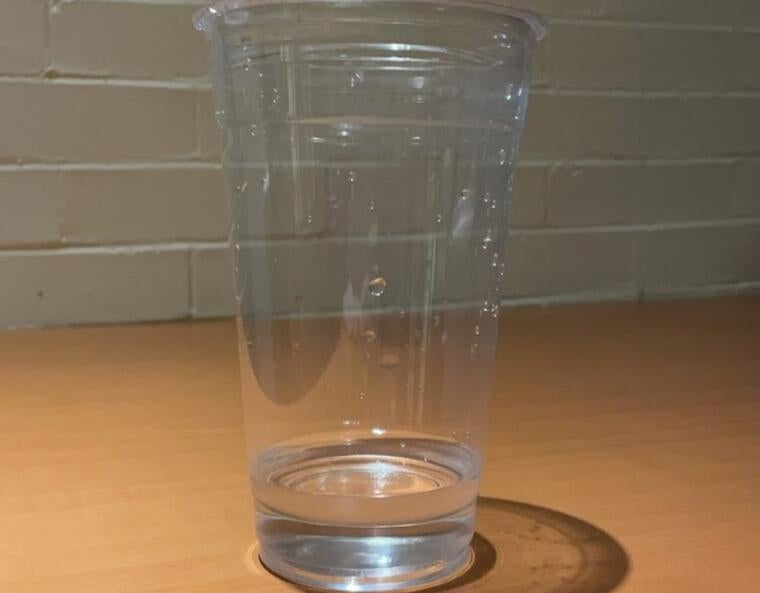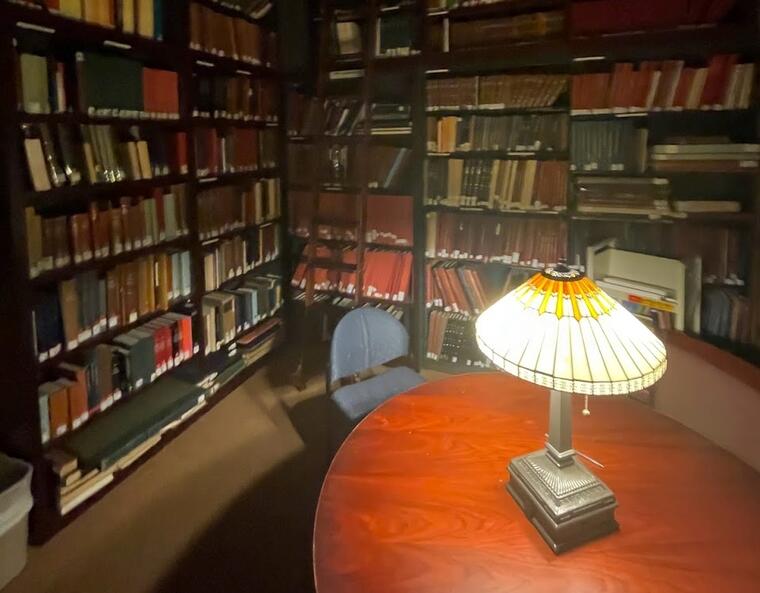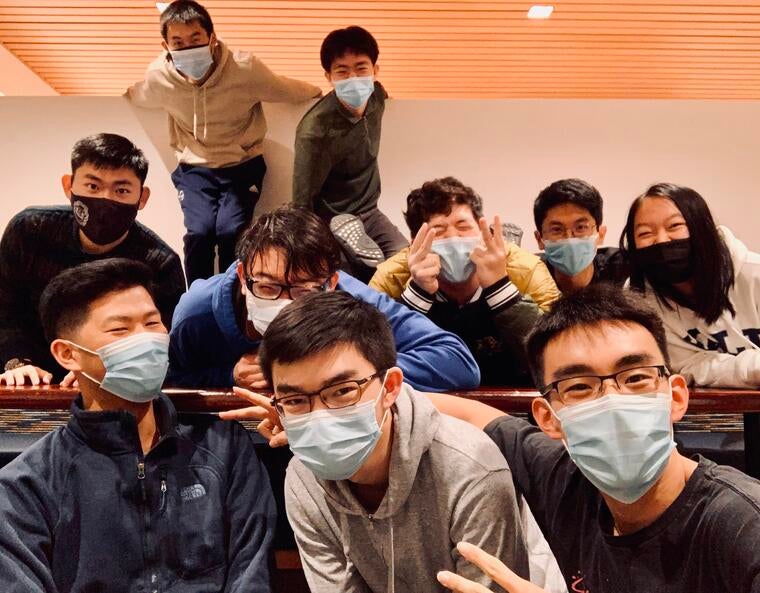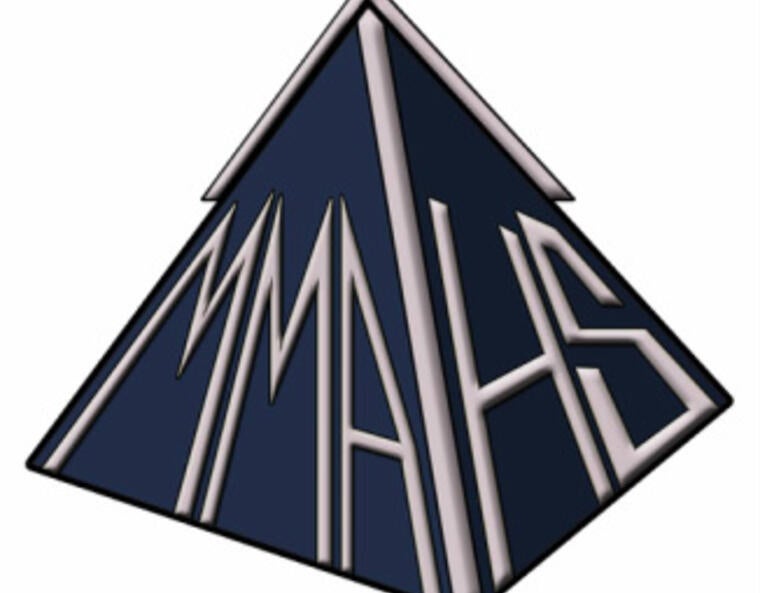
6502. In other words, rounded to the nearest integer (in fact,
is surprisingly very close to 6502— it’s accurate to about 1 part in 80 million)! However, the reason I bring up this number is not because of the numerical quirks; it’s because of the 6502 group for Y-IEEE!
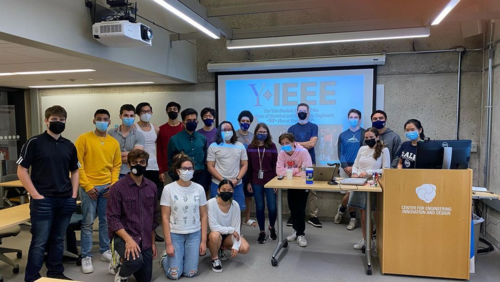
Y-IEEE is the Yale student branch of the Institute of Electrical and Electronics Engineers; we have groups that work on a few different projects throughout the year, and all the groups meet together on Fridays to discuss what has been accomplished over the last week as well as do some fun team building activities. In addition to these central meetings, Y-IEEE also hosts a bunch of fun workshops, like a soldering workshop and a LED Arduino workshop, and a bunch of study sessions (complete with snacks) throughout the year.
A quick aside— I bet a question you have is “what’s the difference between an electrical engineer and an electronics engineer?” There actually are a few (subtle) ones, the main one being that electrical engineers are more involved with large-scale projects like power plants and electronics engineers are more involved with small-scale projects like smartphones and computers.
Anyway, Y-IEEE’s 6502 group is the main group I frequented up until winter break. The name comes from the 6502 microprocessor, released in the 70s and used in many computers, like some early Apple and Atari computers and the NES. In fact, a version of the microprocessor is still being used to this day! It’s possible to purchase versions of the microprocessor and kits for use in breadboard projects, so we’re using a few electronics kits to, with the help of a few YouTube tutorials, construct a basic computer on breadboards, complete with a basic LED display!

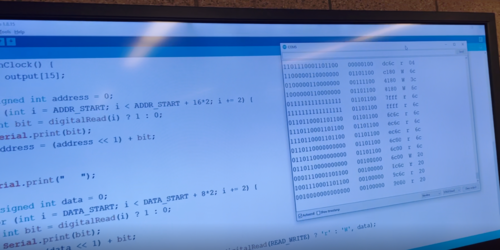

As cheesy as it sounds, the process has been a fun learning experience! We’re currently meeting once a week in the CEID to construct the computer together (and do some homework together occasionally as well). We also end up learning quite a few things, like how an S-R latch works, the 6502’s assembly language, and more. Despite the inevitable weeks of work to come, I’m looking forward to what the final product is going to look like (and being able to brag that I built a computer on breadboards)!


